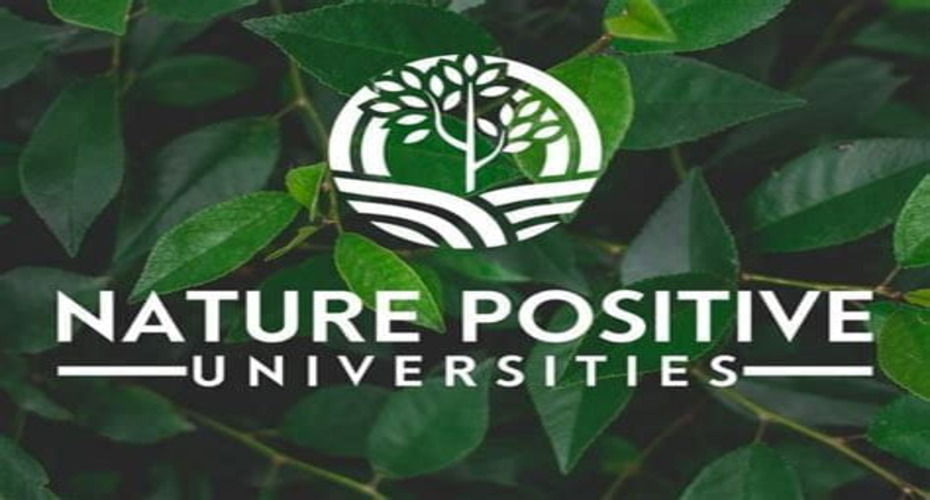About Biodiversity
Biodiversity is a term used to describe the variety of life and its processes; this includes the many species on earth and the communities and ecosystems within which they exist. The University's Strategy 2030 includes a commitment to lead meaningful action against the ecological crisis.
Biodiversity is of huge value in and of itself but we also rely on the processes in nature and created by biodiversity for many things including clean air, water to drink and food to eat. Collectively, the parts of nature which provide us with benefits are referred to as natural capital. This acknowledges that we have a certain amount of natural capital around us and if we degrade or spend it, we no longer receive the benefits.
The University of Exeter comprises 153 hectares which includes a wide range of different, rich habitats and provides a key link to other natural environments of importance in the Exeter area. The grounds are host to a vast variety of amphibians, birds, insects, mammals and reptiles, producing a diverse system of ecological niches, making this a fascinating place to study, work and visit. The trees on campus are estimated to store nearly 6,000 tonnes of carbon and to reduce water runoff by 9,245m3.
The University signed the Nature Positive Universities pledge in 2022. This is a commitment to start a nature positive journey incorporating a biodiversity baseline, targets, actions and annual reporting. The key next step is finalising the University of Exeter Nature Positive Strategy. Current actions for biodiversity are outlined in the Campus Biodiversity Strategies along with the work done by the Grounds Teams in Exeter and Penryn. Work has included wildflower meadows to provide pollen and nectar for pollinators, as well as homes for other insects and beautiful visual displays. As well as practical actions such as tree planting, bug hotels and removing invasive species, both Exeter and Penryn teams have been running events to engage people with nature including the RSPB Big Garden Birdwatch, bioblitzes, tree seed collection and practical management sessions with volunteers.
What we do to enhance biodiversity on University estates
The University takes great pride in its estates and takes the following actions to maintain and enhance its biodiversity:
- Preserve and enhance existing valuable habitats
- Identify specialist measures for vulnerable species. e.g. protection around known badger sites
- Erect explanatory signs by valuable habitats
- Reduce the use of residual pesticides e.g. use of bark mulch and natural predators
- Zero green waste policy
- Stimulate natural habitats by leaving ‘eco-strips’ near streams and woodland edges
- Non-urgent tree felling works to be done outside the bird nesting season and hedges checked for nests
- Habitat piles left in appropriate areas to provide sources of food, shelter and hibernation sites
- Bird and bat boxes will be erected at suitable locations throughout the campus and monitored annually
- Planting schemes will use a variety of plants, trees and shrubs, with varying flowering times to encourage year round wildlife activity
The information below demonstrates how the University is working to reduce the environmental impact of our operations and to make a positive impact on our local environment. The maps and trails can be used to help you take a walk around the campuses and see the species that live here and the techniques we use to support wildlife on our grounds.

